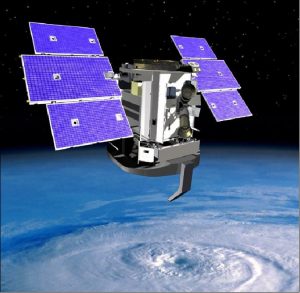
Exercising how to manage the large volume of data being collected while minimising cloud storage costs is ending up being a concern. Artificial intelligence and AI will enter into an industrialised effort to sift through and evaluate satellite information and combine it with other data sources to supply organisations with new, valuable insight.
While the advent of cloud computing has provided the illusion of boundless computing power anywhere, the reality is a different story. According to facilities service provider NEF, the price to move 30 TB per month is $2,500. The key is only to move the data you need.
This is one of the factors that edge computing is on the rise. The principle is that, with a rapid boost in IoT data, organisations will analyse it with machine learning designs near the place where it is produced, rather than shifting volumes of raw information throughout their infrastructure.
Satellite data gets in the ecosystem at Earth stations. Co-locating these Earth stations with high-performance computing is a natural extension, enabling information scientists to construct machine-learning models to evaluate information near to the point of shipment. This can help organisations and academia to be more responsive and make use of these blossoming details resources more efficiently. Then they require just move their most important, insightful data in other places. This is the next frontier in edge computing: calculating at the edge of the area.
